
Benefits or Compliance under Foreign Trade Policy of India
India's economic environment is mainly influenced by its foreign trade policy, one of the pillars that supports the establishment of international trade, enhances domestic production, draws foreign investment, and creates jobs. India's Foreign Trade Policy serves as a guide to regulation and promotion of exports and imports and helps strike a balance between economic development and compliance and trade facilitation requirements.
This article discusses the major advantages and compliances of India's current Foreign Trade Policy, examines its aims, and emphasizes how companies can tune their businesses with the trade policy for sustainable growth and competitiveness.
Foreign Trade Policy of India
The Indian Foreign Trade Policy, also referred to as the EXIM Policy of India, is a policy declaration made by the Directorate General of Foreign Trade (DGFT). It is an international trade strategy of India towards foreign countries, providing procedure, incentives, and regulatory standards for import and export.
This policy is updated from time to time with the purpose of responding to global trends as also to domestic economic requirements. The present foreign trade policy of India, in force from April 2023, is made dynamic and responsive in reaction to changing global trading situations.
Objectives of Foreign Trade Policy
The key objectives of foreign trade policy are:
- Creating India's export competitiveness.
- Ease of trade through lowering transaction time and costs.
- Export diversification of the basket as well as the market.
- Job creation in the export industry.
- Promoting MSMEs, start-ups, and service exporters.
- Ease of digitalization and ease of doing business.
These objectives ensure that India's trade policy not only fosters economic growth but also promotes international economic cooperation.
Key Features of the New Foreign Trade Policy of India
The new India EXIM policy, 2023 and onwards, is a break from the previous 5-year policy cycle to a continuous and dynamic process. The policy consists of four pillars:
- Incentive to Remission-Based Regime – Shift from incentive-based to tax-neutral programs such as Remission of Duties and Taxes on Exported Products (RoDTEP) and RoSCTL for made-ups and garments.
- Ease of Doing Business through Digitization – Streamlining procedures through the DGFT portal, e-COD, paperless license issuance, and electronic channel facilitation of trade.
- Districts as Export Hubs – Discovery of district-specific products for decentralized export promotion.
- E-commerce Exports Facilitation – Organizing special hubs and relaxing regulatory systems for web exporters.
Benefits under Foreign Trade Policy of India
-
Export Promotion Schemes: Exporters can take advantage of various schemes like Advance Authorisation Scheme, EPCG Scheme, and DFIA that allow duty-free import of inputs or capital goods.
-
Remission Schemes: Hidden duties and taxes not refunded under GST can be refunded in RoDTEP and RoSCTL and thus make the exports competitive without breaching WTO principles.
-
Status Holder Certification: Top performing exporters are grouped as Status Holders (1 Star to 5 Star Export House), for which they become eligible for further facilitations like priority clearances and hassle-free customs clearance.
-
Simplified Compliance: Increased digitalization in India's current foreign trade policy, and activities like IEC registration, procurement of authorizations, and reporting have all been made easy, lessening the compliance burden.
-
Sector-Specific Support: Sector-specific schemes such as electronics, gems and jewellery, and pharma exist with focused export development and policy support.
-
MSMEs and Startups Support: Ease of norms and special export hubs for MSMEs and startups have been initiated by the policy, along with simplified market access and policy support.
-
Market Access Programs: The DGFT supports Indian exports in global markets through overseas marketing development assistance, buyer-seller meets, and trade fairs.
Compliance Requirements under Export Import Policy in India
Though there are many benefits, exporters and importers have to comply with a large number of compliance requirements:
- Import Export Code (IEC) – Every importer and exporter is required to have a valid IEC from DGFT that must be used for undertaking cross-border transactions.
- Filing and Reporting – Timely and proper filing of import and export data, shipping bills, and returns is essential to avail benefits and escape penalties.
- Utilization and Reporting under Schemes – Companies taking advantage of benefits under schemes such as EPCG or Advance Authorization need to meet export obligations and report compliance within prescribed time limits.
- Maintenance of Records – Companies are required to keep records of Shipping Bills, Bill of Entry, Bills of Lading, invoices, and transactions for 5–10 years based on export nature and regulatory requirements.
Recent Foreign Trade Policy of India and Global Impact
The new Indian foreign trade policy has been appreciated for its emphasis on decarbonization, digitalization, and participation in international supply chains. It aligns with the global trade standards while responding to the distinctive strengths of the Indian economy.
Regulations such as encouraging Green Exports, minimizing carbon footprints, and enhancing high-technology manufacturing reflect India's focus on green trade.
Conclusion
India's import and export policy is the core of the economic story of India. Not only does the Indian new EXIM policy bring real benefits to exporters and importers but demands strict compliance with changing regulatory landscapes. Companies whose business models cater to the needs of India's export import policy realize competitive edge, early entry into markets, and long-term sustainability in the international market.
SKMC Global offer complete solutions concerning the foreign trade policy of India. Right from the companies availing policy advantages to acquiring DGFT licenses, and even complying with customs and trade laws, our team assists them through all of it. We assist them with availing export incentive schemes as well as trade auditing. Our professional support enables clients to ease their export-import activities effortlessly.
Recent Posts
-
 What is SIMS and When It Is Required?...
Nov 10,2025
What is SIMS and When It Is Required?...
Nov 10,2025
-
 What if your SVB investigation does not satisfy cu...
Nov 04,2025
What if your SVB investigation does not satisfy cu...
Nov 04,2025
-
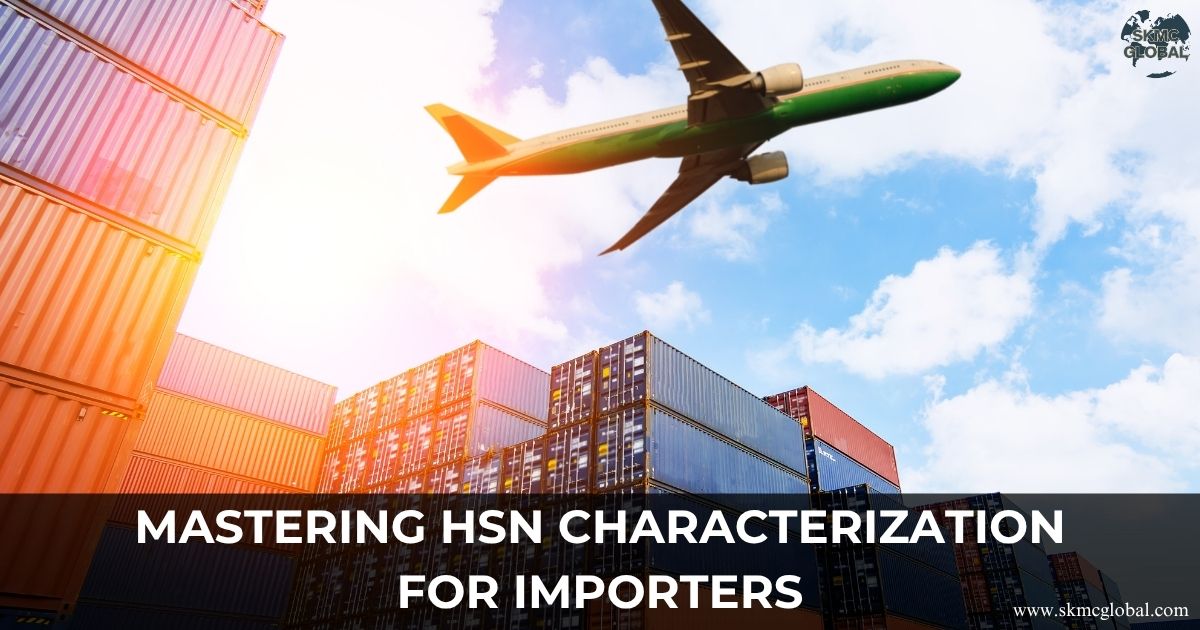 Mastering HSN Characterization for Importers...
Oct 29,2025
Mastering HSN Characterization for Importers...
Oct 29,2025
-
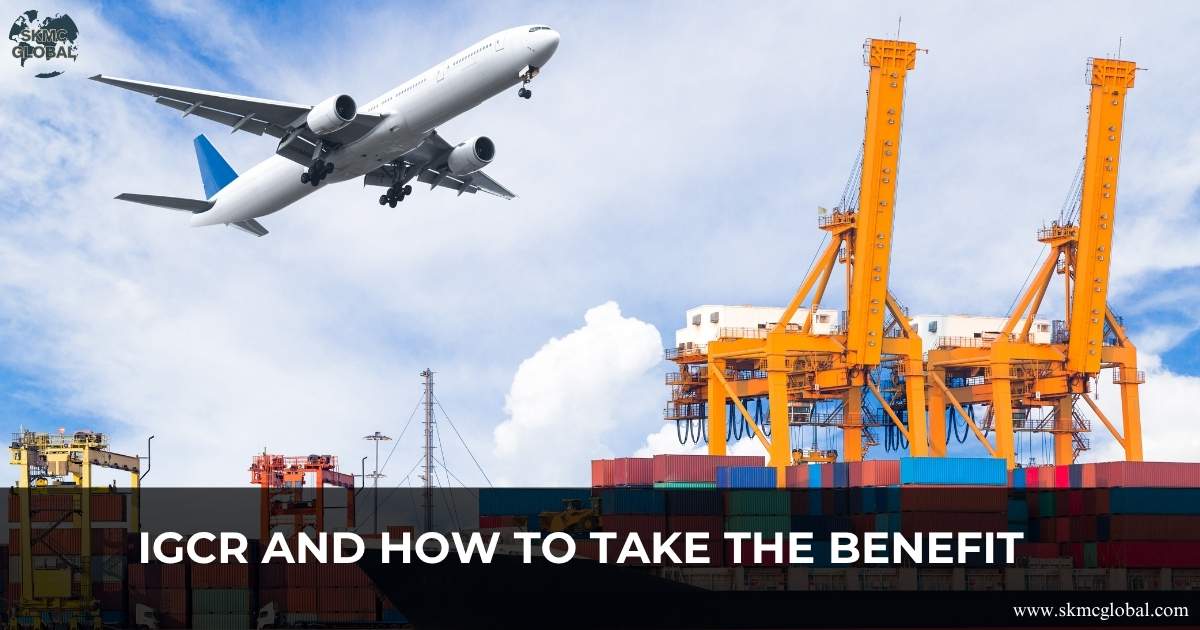 What is IGCR and How to Take the Benefit?...
Oct 18,2025
What is IGCR and How to Take the Benefit?...
Oct 18,2025
-
 What is CAROTAR and Its Impact on Industry?...
Oct 15,2025
What is CAROTAR and Its Impact on Industry?...
Oct 15,2025
-
 India’s Free Trade Agreement with Europe ...
Oct 14,2025
India’s Free Trade Agreement with Europe ...
Oct 14,2025
-
 Comprehensive Economic Partnership Agreement of In...
Oct 13,2025
Comprehensive Economic Partnership Agreement of In...
Oct 13,2025
-
 Refund under Section 75 of Customs Act, 1962...
Oct 11,2025
Refund under Section 75 of Customs Act, 1962...
Oct 11,2025
-
 Refund under Section 74 of the Customs Act, 1962...
Oct 10,2025
Refund under Section 74 of the Customs Act, 1962...
Oct 10,2025
-
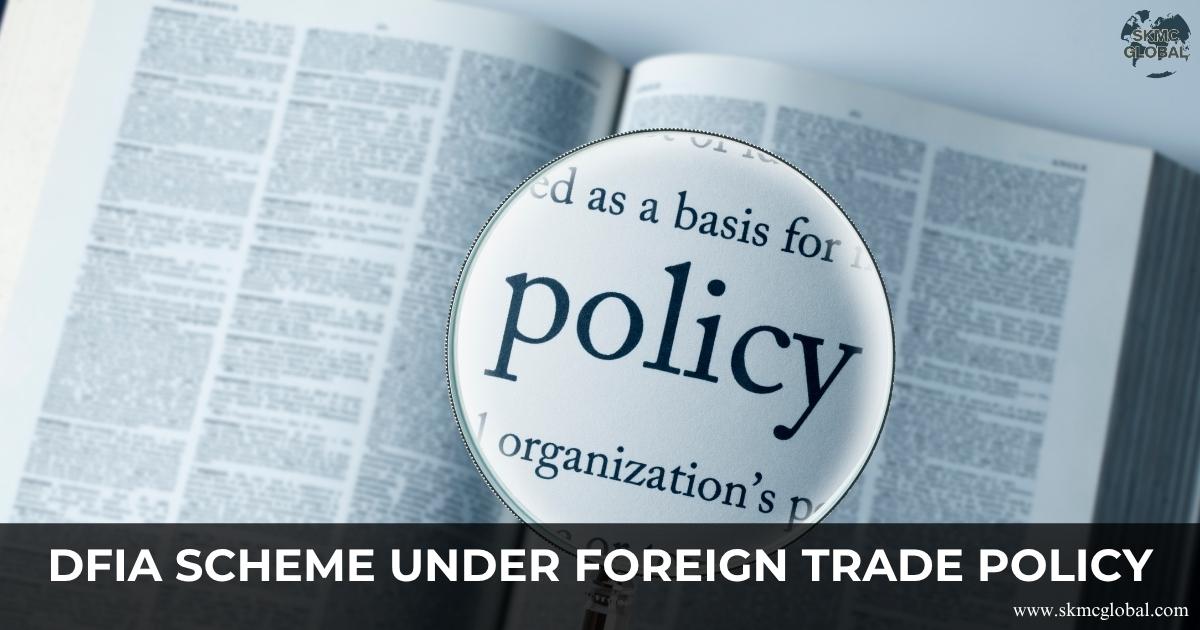 All About DFIA Scheme under Foreign Trade Policy...
Oct 07,2025
All About DFIA Scheme under Foreign Trade Policy...
Oct 07,2025
-
 Navigating BEPS 2.0: Pillar One & Pillar Two in Tr...
Aug 16,2025
Navigating BEPS 2.0: Pillar One & Pillar Two in Tr...
Aug 16,2025
-
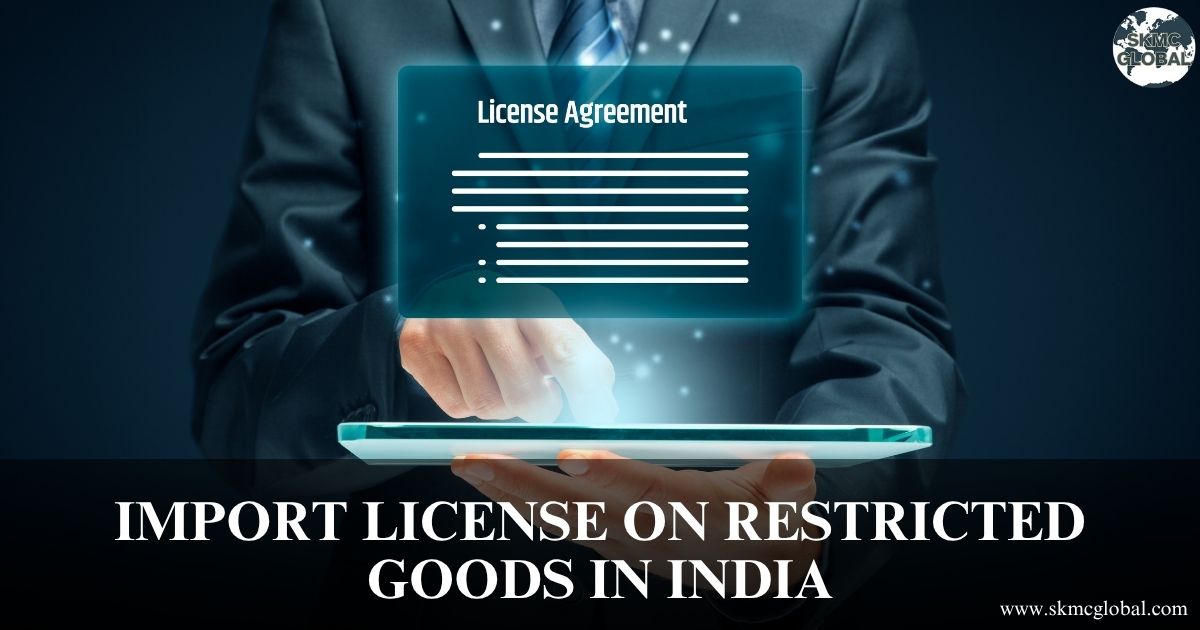 Import license on restricted goods in india...
Aug 07,2025
Import license on restricted goods in india...
Aug 07,2025
-
 Procedure to take ICEGATE Registration...
Aug 06,2025
Procedure to take ICEGATE Registration...
Aug 06,2025
-
 Procedure to setup an ESOP Trust...
Aug 01,2025
Procedure to setup an ESOP Trust...
Aug 01,2025
-
 Foreign Remittance under liberalised remittance Sc...
Jul 30,2025
Foreign Remittance under liberalised remittance Sc...
Jul 30,2025
-
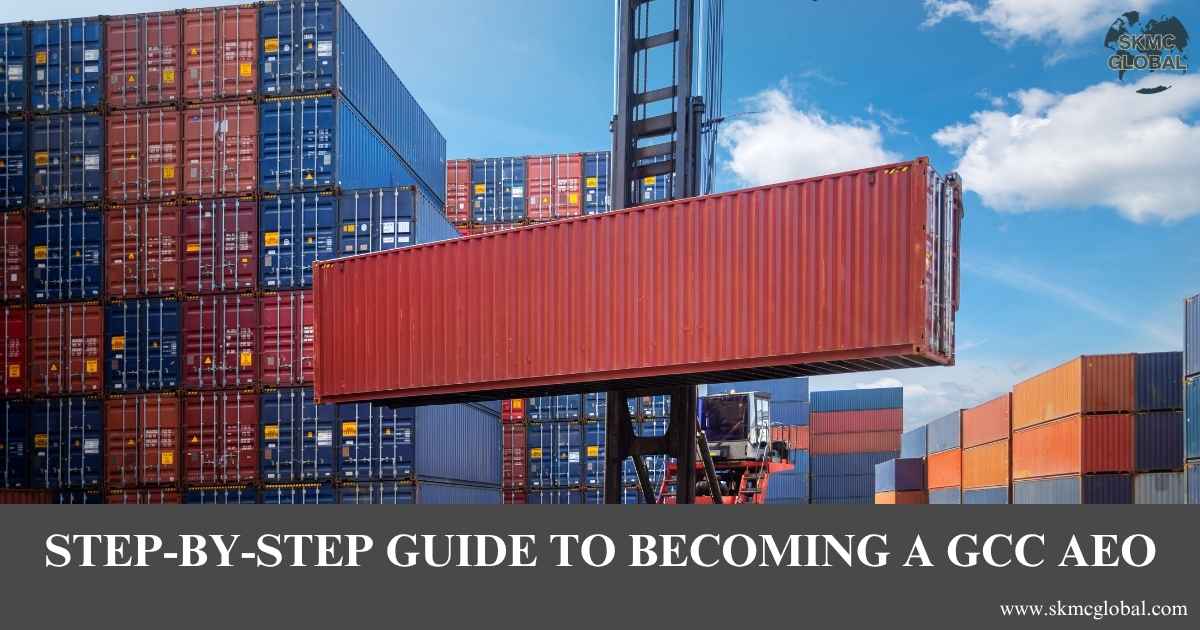 A Step-by-Step Guide to Becoming a GCC AEO...
Jul 18,2025
A Step-by-Step Guide to Becoming a GCC AEO...
Jul 18,2025
-
 Role of Mutual Recognition Agreements under AEO an...
Jul 14,2025
Role of Mutual Recognition Agreements under AEO an...
Jul 14,2025
-
 What is Anti Dumping Duty investigation and its pr...
Jul 09,2025
What is Anti Dumping Duty investigation and its pr...
Jul 09,2025
-
 Annual return requirement under RoDTEP scheme of D...
Jul 09,2025
Annual return requirement under RoDTEP scheme of D...
Jul 09,2025
-
 EPCG Registration: A Step by step Guide for Indian...
Jul 08,2025
EPCG Registration: A Step by step Guide for Indian...
Jul 08,2025
-
 Why Logistics Outsourcing Is the Future of Smart S...
Jun 02,2025
Why Logistics Outsourcing Is the Future of Smart S...
Jun 02,2025
-
 India's Foreign Trade Agreement and Investment Tre...
May 31,2025
India's Foreign Trade Agreement and Investment Tre...
May 31,2025
-
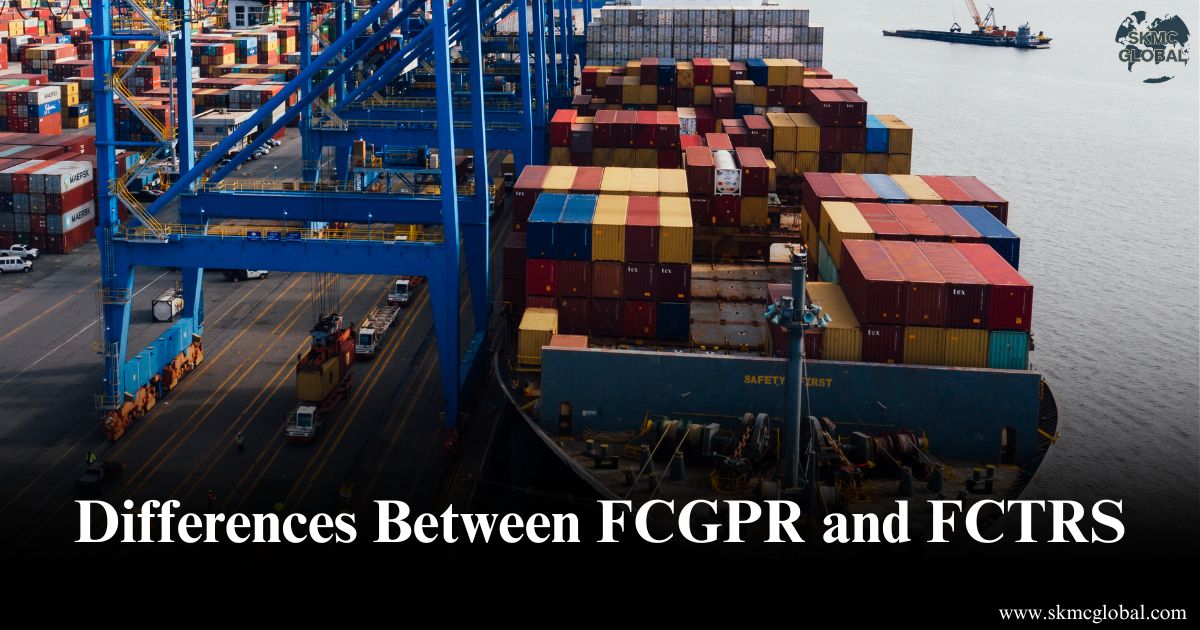 Differences Between FCGPR and FCTRS:A Comprehensiv...
May 28,2025
Differences Between FCGPR and FCTRS:A Comprehensiv...
May 28,2025
-
 Understanding FDI Norms- A Guide for Foreign Inves...
May 29,2025
Understanding FDI Norms- A Guide for Foreign Inves...
May 29,2025
-
 What you need to know about india's special econom...
May 27,2025
What you need to know about india's special econom...
May 27,2025
-
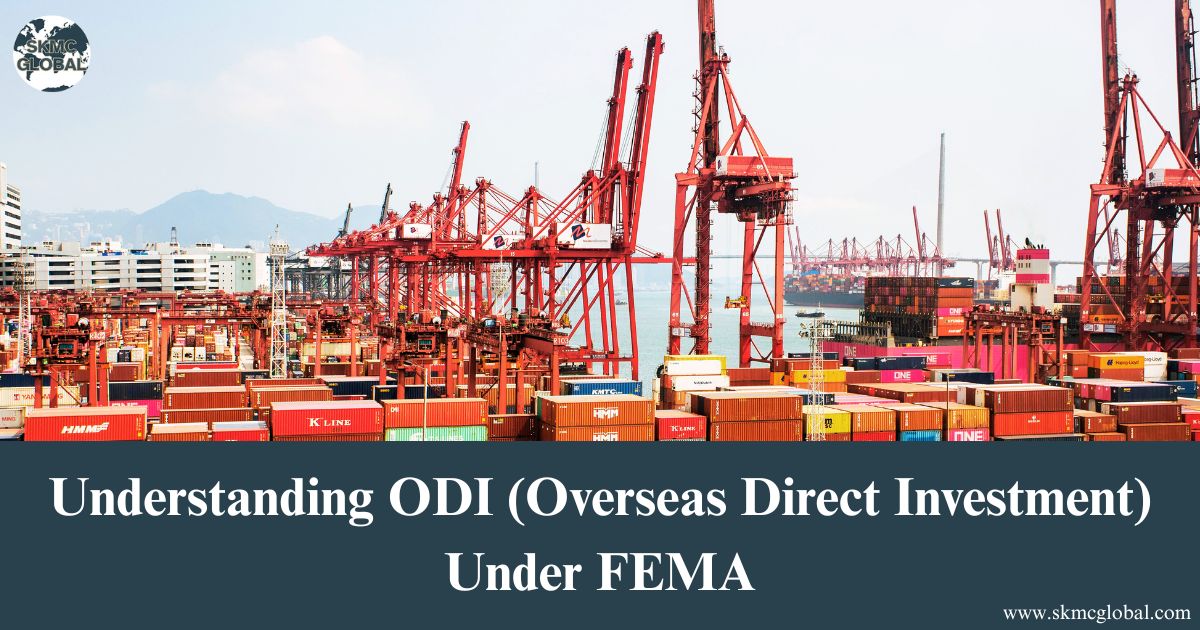 Understanding ODI (Overseas Direct Investment) Und...
May 26,2025
Understanding ODI (Overseas Direct Investment) Und...
May 26,2025
-
 How to Track AEO Registration Application and Chec...
May 22,2025
How to Track AEO Registration Application and Chec...
May 22,2025
-
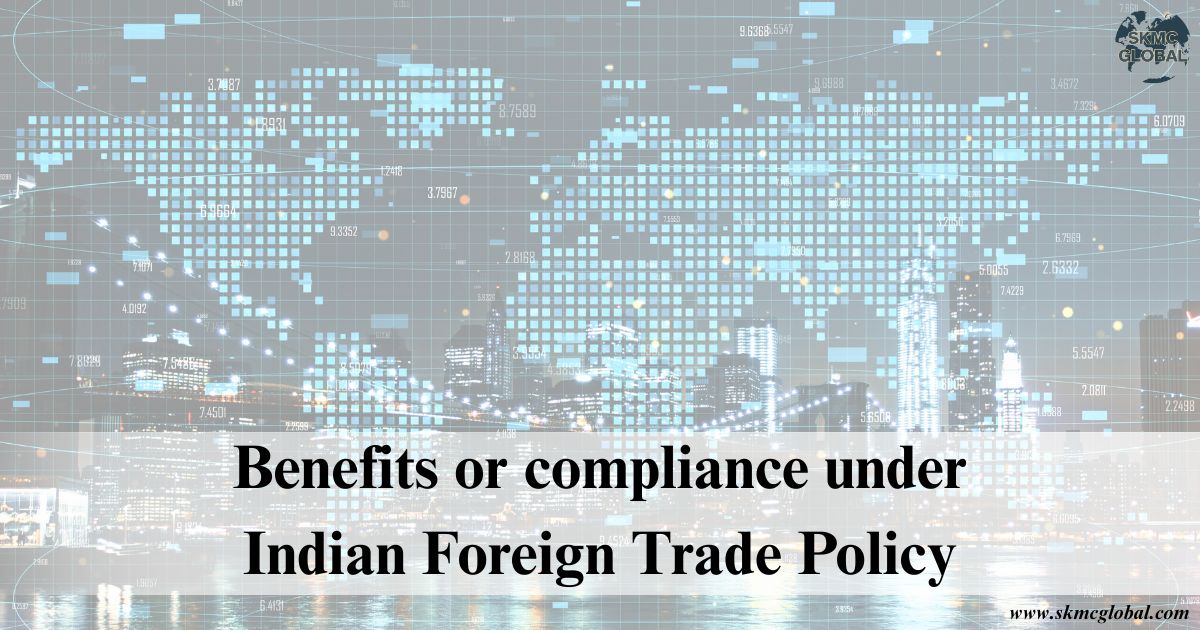 Benefits or compliance under Indian Foreign Trade ...
May 20,2025
Benefits or compliance under Indian Foreign Trade ...
May 20,2025
-
 AEO v/s Non-AEO: Key Differences and Why Your Busi...
May 19,2025
AEO v/s Non-AEO: Key Differences and Why Your Busi...
May 19,2025
-
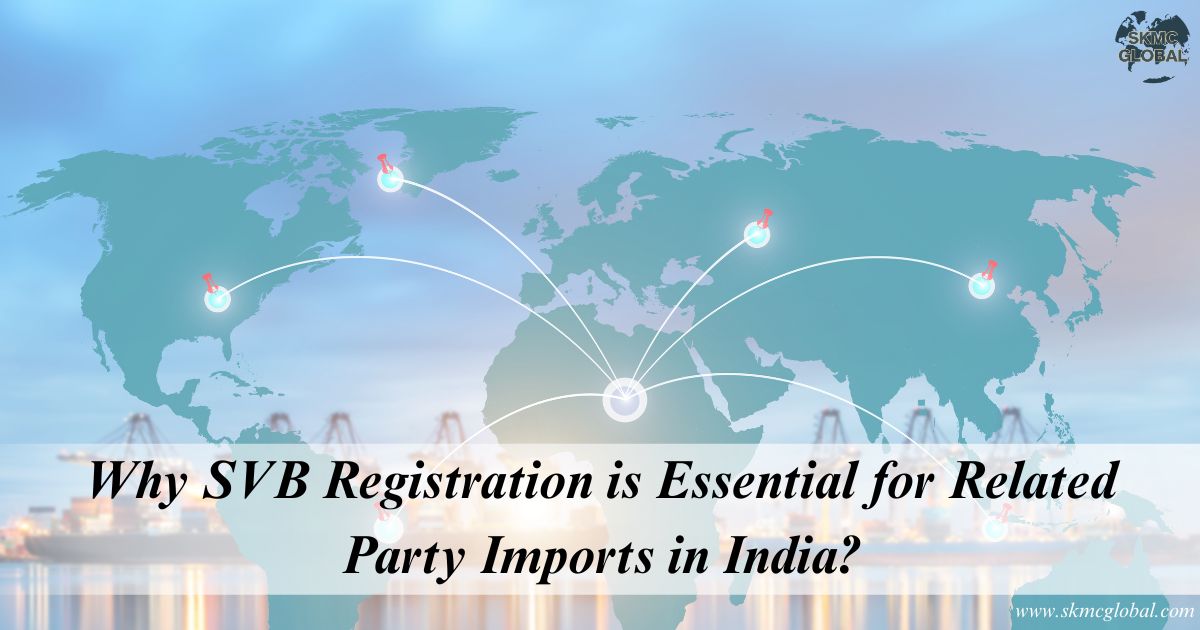 Why SVB Registration is Essential for Related Part...
May 19,2025
Why SVB Registration is Essential for Related Part...
May 19,2025
-
 How Mutual Recognition Agreements Augment AEO Cert...
May 15,2025
How Mutual Recognition Agreements Augment AEO Cert...
May 15,2025
-
 Customs Streamlining Refund Processes Through Auto...
Mar 17,2025
Customs Streamlining Refund Processes Through Auto...
Mar 17,2025
-
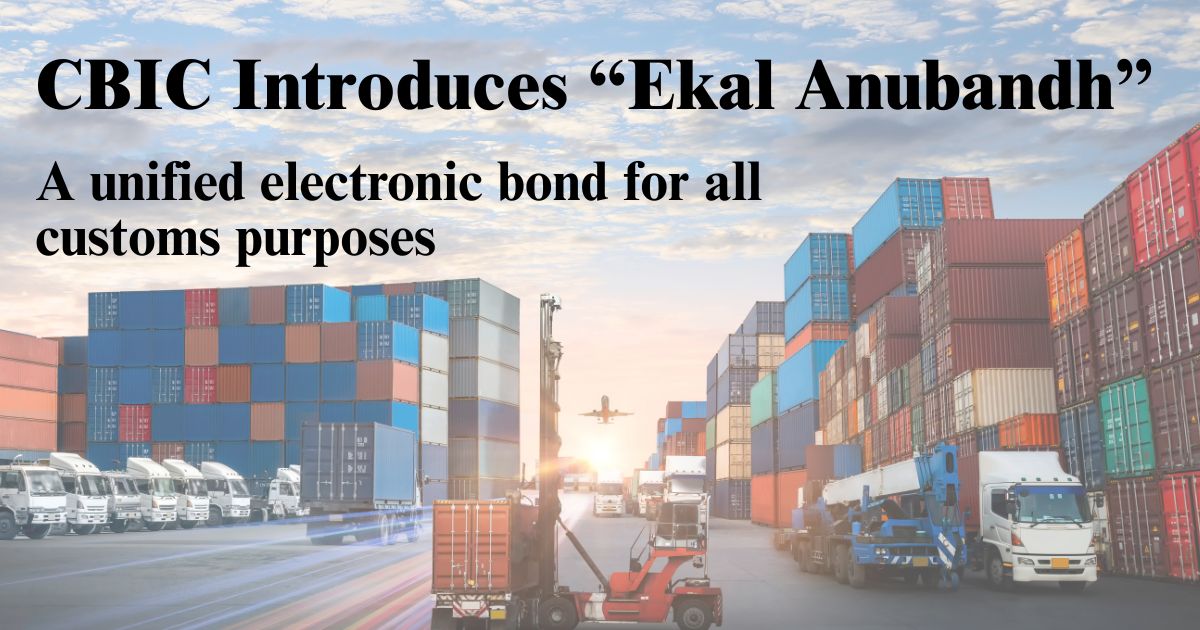 Ekal Anubandh-Single Unified Multi-Purpose Electro...
Mar 06,2025
Ekal Anubandh-Single Unified Multi-Purpose Electro...
Mar 06,2025
-
 Revised guidelines on SVB assessment and its speed...
Aug 26,2021
Revised guidelines on SVB assessment and its speed...
Aug 26,2021
-
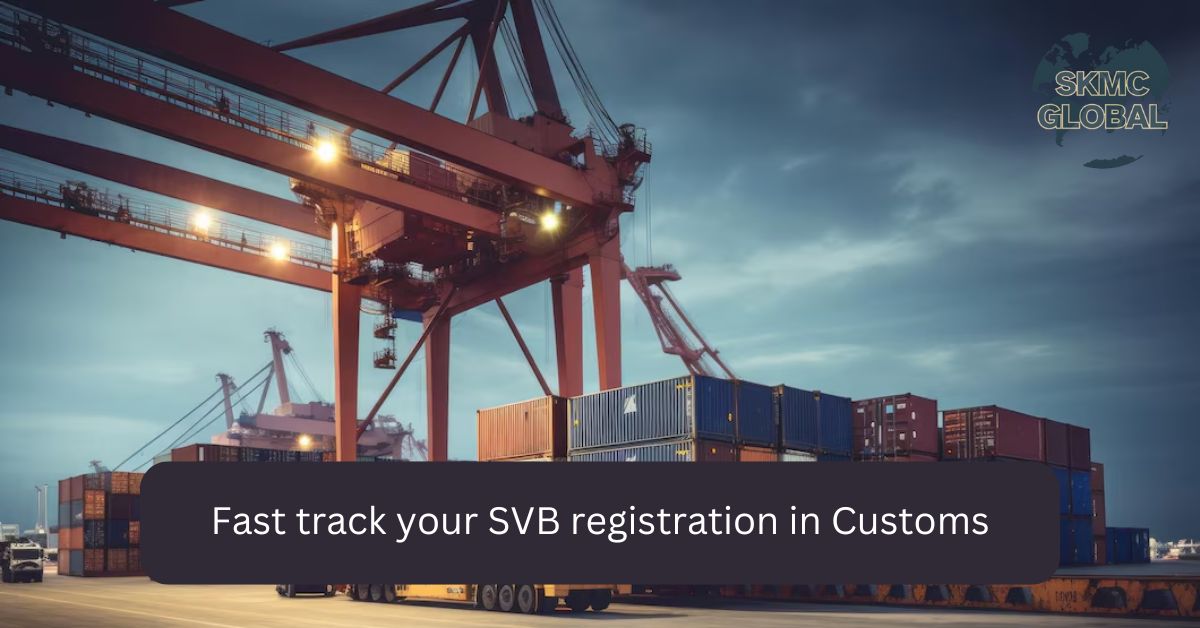 5 ways about how you can fast track your SVB regis...
Jul 21,2021
5 ways about how you can fast track your SVB regis...
Jul 21,2021
-
 AEO Registration in UAE...
Nov 16,2021
AEO Registration in UAE...
Nov 16,2021
